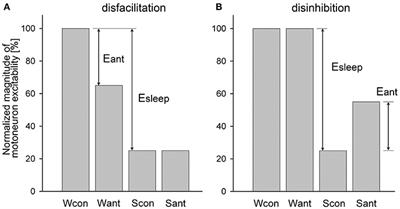EDITORIAL
Published on 05 Jul 2019
Editorial: Anatomy of Upper Airway and Neuronal Control of Pharyngeal Muscles in Obstructive Sleep Apnea
doi 10.3389/fneur.2019.00733
- 15,026 views
- 3 citations
6,154
Total downloads
73k
Total views and downloads
EDITORIAL
Published on 05 Jul 2019
ORIGINAL RESEARCH
Published on 20 Nov 2018
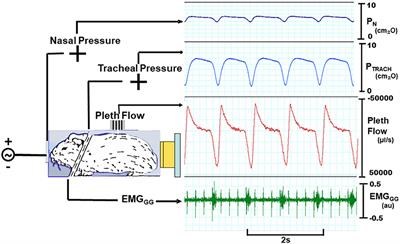
ORIGINAL RESEARCH
Published on 14 Nov 2018
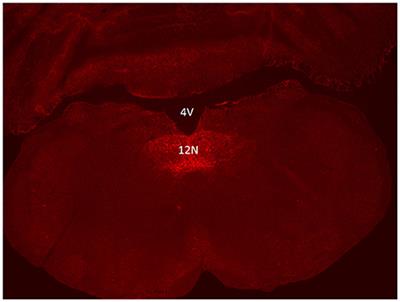
REVIEW
Published on 02 Nov 2018
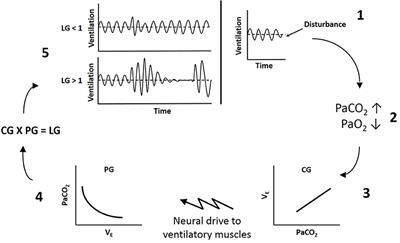
REVIEW
Published on 10 Sep 2018
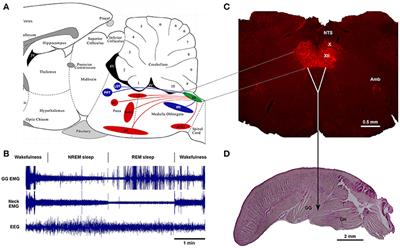
SYSTEMATIC REVIEW
Published on 31 Jul 2018
